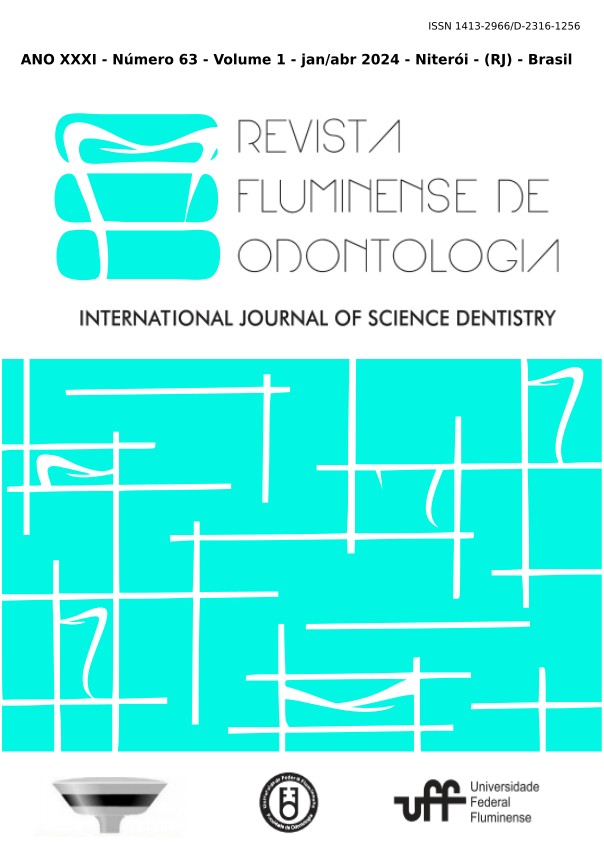Digital workflow in the planning of aesthtetic oral rehabilitations: a review of literature
DOI:
https://doi.org/10.22409/ijosd.v1i63.59197Abstract
Esthetic dentistry is based on aesthetic principles with logical, also intuitive procedures and techniques, in order to plan a harmonic smile. With its more consecutive current profile linked to the numerous tools available on the market, it is possible to design procedures prioritizing the success of the treatment restoring the function and harmony with greater safety and predictability. The digital flow includes software and automated equipment that can optimize clinical time, presenting benefits for both, the dental surgeon and the patient. Currently, the DSD (digital smile design) has been used as a resource of great prominence for Rehabilitative Dentistry, because it allows a more detailed planning in each stage of the aesthetic rehabilitation treatment with the use of drawings and reference lines, in order to compare between the images generated before and after the procedure, assessing whether they are in accordance with the planning and desires of the professional and the patient, or if modifications are necessary. With this, the objective of the present work was to carry out a literature review of the advances in the digital workflow in aesthetic oral rehabilitation. Analyzing the influence on the quality of care linked to the comfort of patients. A literature review was carried out in PubMed, Scielo and Wiley Library databases, using the descriptors “Digital Smile Design”, “Dental Esthetic”, “Esthetic Treatment”. Articles were searched between 2009 and 2022. Based on the literature revie, it was possible to conclude that the technique presents itself as a valuable tool for restorative treatments, optimizing the understanding of aesthetic difficulties and increasing the acceptance of the treatment by the patient. And, behind these results, there are several variables influencing them, such as greater predictability of procedures, reducing the time for completion in addition to more conservative works, with preserved tooth structure.
Keyword: Digital Flow, Planning, Esthetic Treatment, DSD, Esthetic Treatment.





